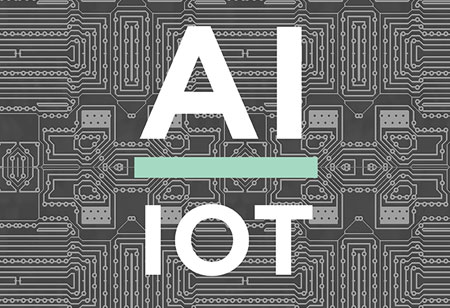THANK YOU FOR SUBSCRIBING
Fast-Food and Faster Services with AI
AI technologies are being progressively more engaged in order to enhance the restaurant experience for customers and employees as well.
By
Apac CIOOutlook | Friday, July 05, 2019
Stay ahead of the industry with exclusive feature stories on the top companies, expert insights and the latest news delivered straight to your inbox. Subscribe today.
AI technologies are being progressively more engaged in order to enhance the restaurant experience for customers and employees as well. Data has always been a powerful entity, and AI allows restaurateurs to make the fullest from the extraordinary insights and predictions.
FREMONT, CA: AI is a well-positioned technology that can help solve problems related to employment in the industry. But it is even more exciting to witness the methods where AI unravels the issues of jobs in an industry where cheap labor is an essential component in providing inexpensive food.
Insufficient Labor:
The fast growth of population has created too many quick-serves, which do not have enough workers to fill every available position. Although restaurants are infamous for having a high churn rate and massive turnovers, employees have been more precarious and inconsistent than in other companies. The labor shortage is one of the chief problems in the fast-food industry, with more than a billion unfilled positions within the quick-service restaurant industry.
The AI Potential:
AI in recent times, is employed across the industry to make available an intelligent, convenient, and informed customer service experience along with enterprise application enclosing its ML capabilities. AI allows developing numerous features for a forward-thinking quick-service restaurant and fundamentally transforms the way quick-serves function by reducing operational costs to increasing efficiency and revenue along with customer services.
AI Taking over the Fast Food Industry:
Customer experience is prone to risk when it comes to employee turnover as it is difficult to restore the clients once they start to drift away. Digital customer service bodies utilize ML to automate repetitive tasks, incorporate new information to enhance experiences, and customize user interactions to drive engagement. AI provides a smart, convenient, and informed customer service experience with superior order speed and accuracy, which in a way helps in addressing labor shortages, especially during heavy traffic.
Time Inadequacy:
One of the significant advantages of using AI to augment human employees is its autonomy from time restrictions and holidays off. The digital employees can turn up for work irrespective of the weather conditions or for that matter any other issue, unlike their human counterpart. The tech assistant tends to be ceaselessly polite, professional, and ready to attend customers without a bad day. AI performs the mundane and repetitive tasks of human employees, allowing them to focus more on customer interaction.
See Also:





